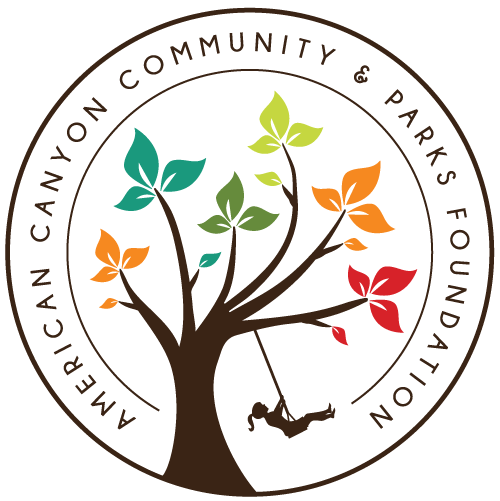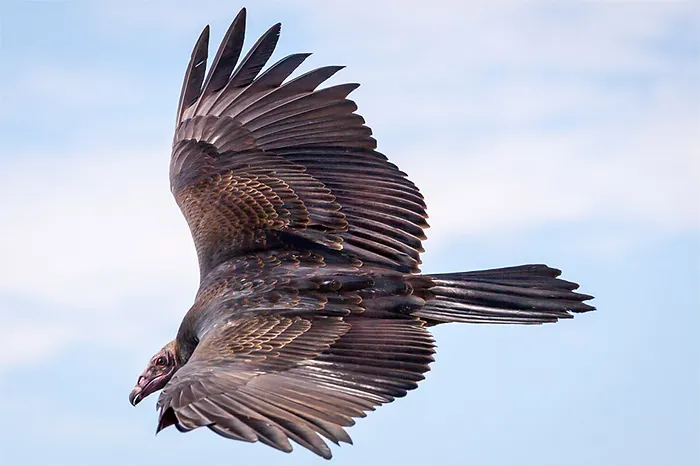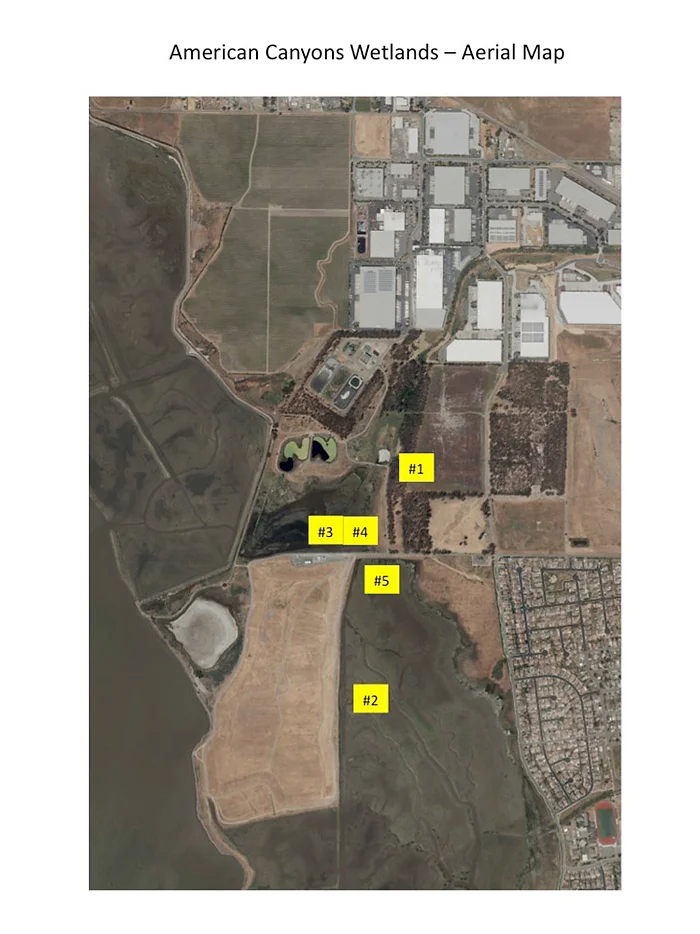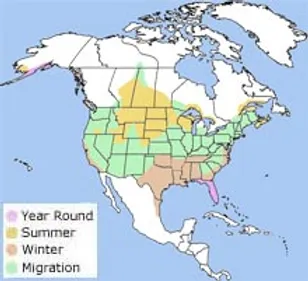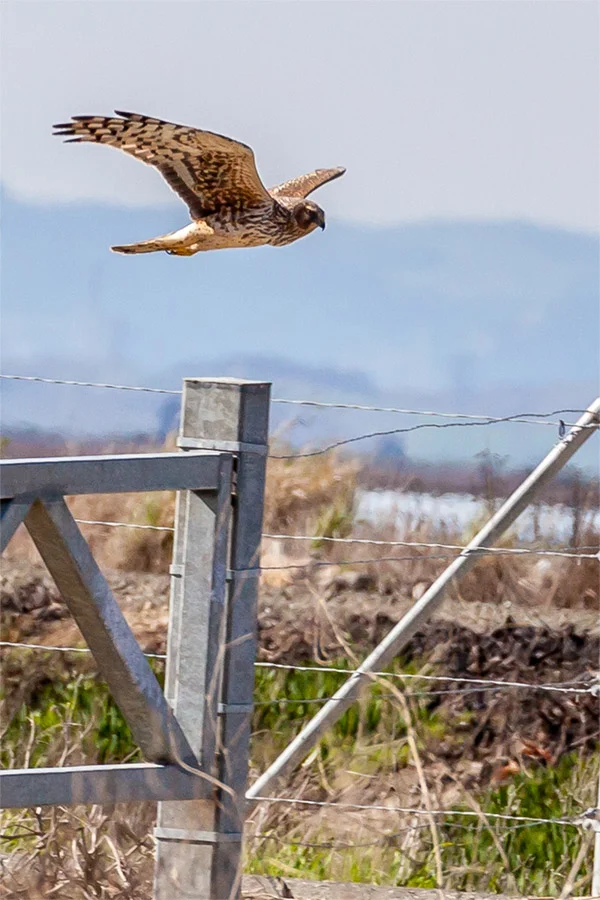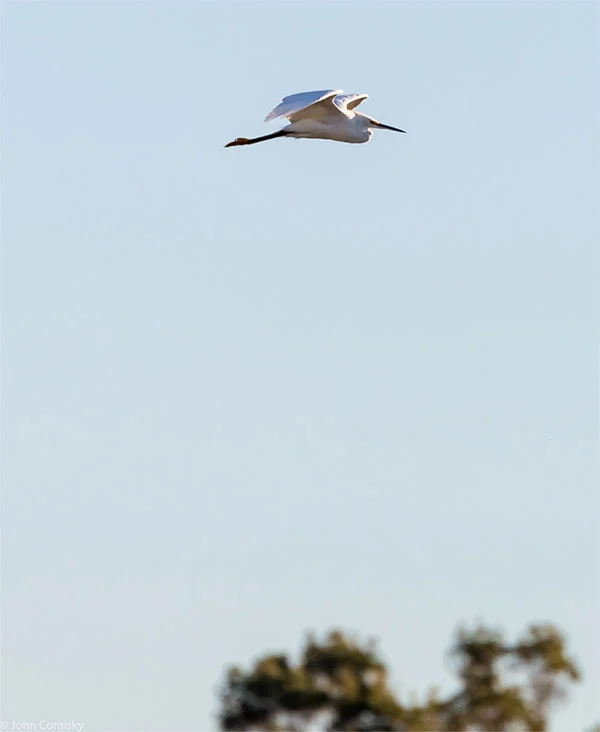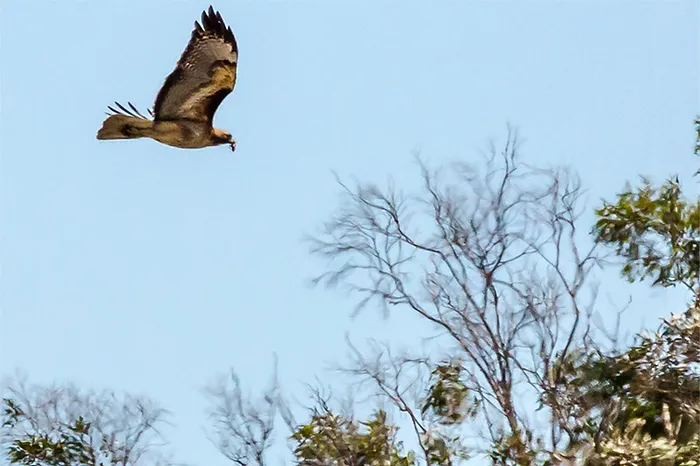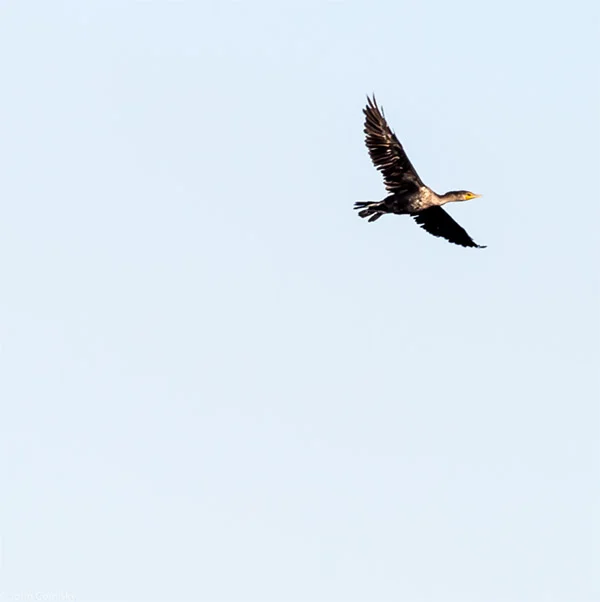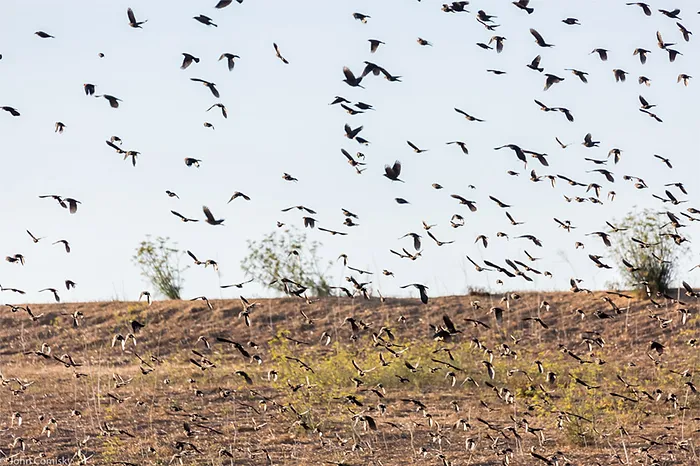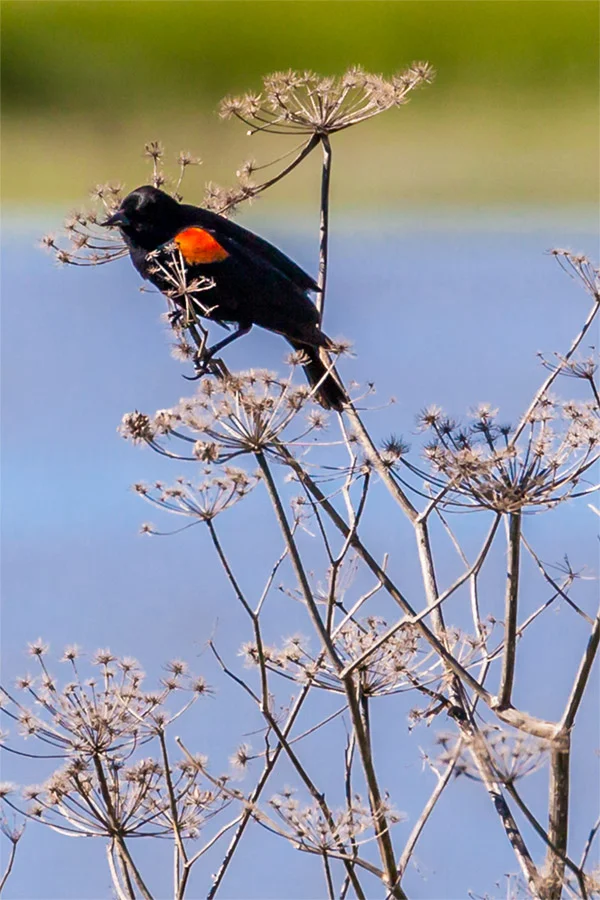Air – 4th in the series on the American Canyon Wetlands
Air – Earth’s ether. The medium that eludes sight, as it tickles touch. First on the list of the things we can’t live without.
As we have explored in this series, the Wetlands is a place of water and it’s a place of land, but it is hugely a place of Air. Of the three, Air is the layer least owned by humans and most by birds. Air, is the space for wings.
I have always been fascinated by things that fly, from fireflies to falcons, with only a few exceptions (we’ll skip those for now). As a result, walks in the Wetlands tend to find my gaze turned up as much as around. The views are long and deep and the odds of beauty intersecting with grace in these skies are always good. With hundreds of bird species in Napa, and many with a taste for the Wetlands, the local’s shift is robust on its own. Combined with the fact that their habitat is upholstered mostly in water and low growths instead of trees, they also tend to be apparent to the eye. Add in routinely scheduled injections from the Pacific Flyway and the odds of seeing something worthy of notice, approaches a sure bet. This, is a place where both the House and Players win.
The Wetlands home team runs from songbirds to apex predators like Harriers and Red-tailed Hawks. What you’ll see will depend on when and where you are. Some days will be better than others. Then the Flyway, running from as far North as Alaska and far South as South America, steps in to inject up to 350 species and millions of individuals into California’s skies. When the Flyway gates open (the North lanes as early as March the South lanes as early as August) the sky can pulse with fullness, as the high stage announces endless incoming acts and the action becomes non-stop.
So once again, you are invited to take a walk. Admission is still free and the venue is nearby. You can afford to go and you’ll be home in time. But for this one, reorient your focus, watch your step, and look up. There is a parade of success in these skies. So many shapes, so many styles, all defeating gravity, mining the wind for riches of lift and duration, dancing the choreography of the air.
Then consider for a moment, what you seen. You’ll probably wonder how you missed it and won’t forget it once you do. Simply put, all flight is magic, and all birds are Merlins.
As has been the custom of this series on the Wetlands, below is a series of photos taken there, to illustrate what the narrative tried to describe and tell a little bit about the subject species. Also, as usual, the map is marked with the locations that the photos were taken. This is just a selection from a wide range of choices. I’ll admit to a bias. For me, in the Wetlands, air delivers the richest return.
The Northern Harrier, also known by some as a Marsh Hawk, has a long, barred tail and distinctive white rump at its base. It has a distinctive owl-like facial disk that is clear at close range. The disk allows the direction of sound to their ears like owls, which they rely on more than other hawks, to detect mice and voles beneath the vegetation. Northern Harriers build their nests on the ground, so you will often see their flights start upward, instead of down.
Northern Harrier
Turkey Vultures tend to be under appreciated. It’s an eye of the beholder thing. Seen from below as dark shapes against the bright sky, the beauty of their wings goes unseen, so here is a rare glimpse. In the food chain cycle of life, they are in the class of decomposers, which clean up the remains of lives that have ended, and speed the return of nutrients back into the system. They find their meals with a keen sense of smell – different than most birds, which have almost no sense of smell – and a mastery of efficient flight, which allows them to glide long distances with minimum wing flaps to conserve energy.
Turkey Vulture
Snowy Egret – These are the guys that you see standing in or near the water, their necks in an S-shape, with gorgeous white feathers, black slender legs, and yellow feet – sometimes called golden slippers. The feathers were almost their undoing, as they were once highly prized for fashion in the late 1800s, causing their numbers to be devastated by over hunting. Their diet, like the related and taller Great White Heron, consists of a variety fish, insects, crustaceans, reptiles and even rodents, so their hunts can include both water and land.
Snowy Egret
This Red-Tailed hawk is probably the most common hawk in North American and the largest species in Napa. They get their name from the cinnamon color of their tail, which only develops in their second year. This one is returning with a meal, which it probably caught in a slow controlled dive with its talons outstretched, after a soaring hunt in wide circles that I followed for several minutes (the hunt ended out of my sight, but I caught him on the return). This pair’s nest is located towards the end of the line of Eucalyptus trees leading down to the water. It is high up with a great view of the Wetlands buffet.
Red-Tailed Hawk
The Double-Crested Cormorant has a wingspan of approximately 4 feet compared to a length of just over two and is a graceful flier. They hunt by diving from the surface of the water to catch fish or marine invertebrates, then resurface to toss the fish in the air in order to swallow it head first.
Double-Crested Cormorant
You just about can’t take a walk in the Wetlands at this time of year without seeing multiple sights like this. Among this variety of birds are Red-Winged Blackbirds, one of the most common birds in the Wetlands, and one of the most abundant in North America. Easily identified by the bright red patches on their shoulders. The second photo, while not in flight, gives you a better view.
Red-Winged Blackbirds
John Comisky is Vice President at the Wildlife Rescue Center of Napa County. John joins the ACCPF by writing about his experience with American Canyon’s Wetlands.
